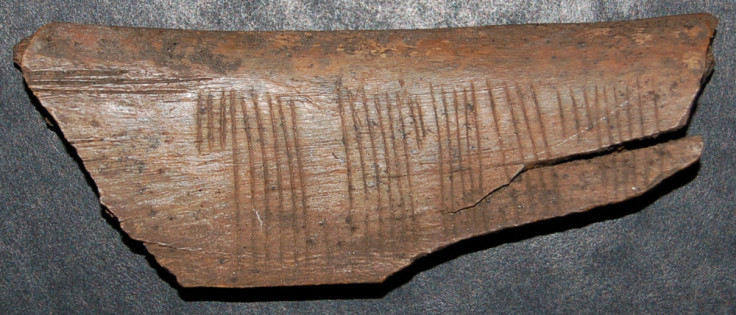Oslo: 900-Year-Old Viking Norse Rune Message Reads 'Kiss Me'

A runologist at the University of Oslo has cracked the jötunvillur Norse rune code and found a 900-year-old message carved on a piece of wood that reads "Kiss me".
PHD researcher Jonas Nordby has finally managed to crack the code on the piece of wood, which was found in Tønsberg, the oldest town in Norway, and dates from the 11th or 12th century.
Nordby found the code in nine of the 80 Norse inscriptions that runologists are still trying to decifer.
According to researchers, most of the messages have a playful tone, like one Nordby deciphered on a rib-bone from around 1250 AD that was found in Skara, Sweden, which reads, "Sit down and interpret runes, stand up and fart!"
Researchers say the rune codes may have been used for learning, but it is unlikely that they were used for a serious purpose.
No serious messages
"It's like solving a puzzle. Gradually I began to see a pattern in what was apparently meaningless combinations of runes," Nordby told Norwegian news site forskning.no.
"We have little reason to believe that rune codes should hide sensitive messages, people often wrote short everyday messages."
Nordby analysed a stick from the 13<sup>th century, on which two men, Sigurd and Lavrans, had carved their names both in the jötunvillur code and in standard runes.
Nordby realised that in order to crack the code, the reader needed to replace the original runic character with the last sound of the rune name, so the rune for 'f', which is pronounced 'fe', would instead be pronounced as "e" and the rune for "k", which is pronounced as "kaun", would become "n".
There are several types of Norse rune codes in existence and only some of them have been solved. Often, the objects bearing the messages have been damaged and the runes are unreadable, and sometimes the messages just don't make any sense.
A challenge to readers
"Equally often an inscription may be complete and as clear as day, and yet make no sense. In many examples of the latter type, the trained eye will spot the hand of a total illiterate scribbling rune-like symbols, or an unsteady and untrained writer trying to copy a runic text without any understanding of what it says," Nordby wrote in a paper published in the Futhark: International Journal of Runic Studies.
According to Nordby, some of the rune messages have been written upside-down, perhaps intentionally, to make them difficult to read.
In many cases, the writers of the coded rune inscriptions have left comments next to the messages encouraging readers to figure out what the messages say, as well as boasting about how clever they are for having been able to devise the codes themselves.
© Copyright IBTimes 2025. All rights reserved.






















